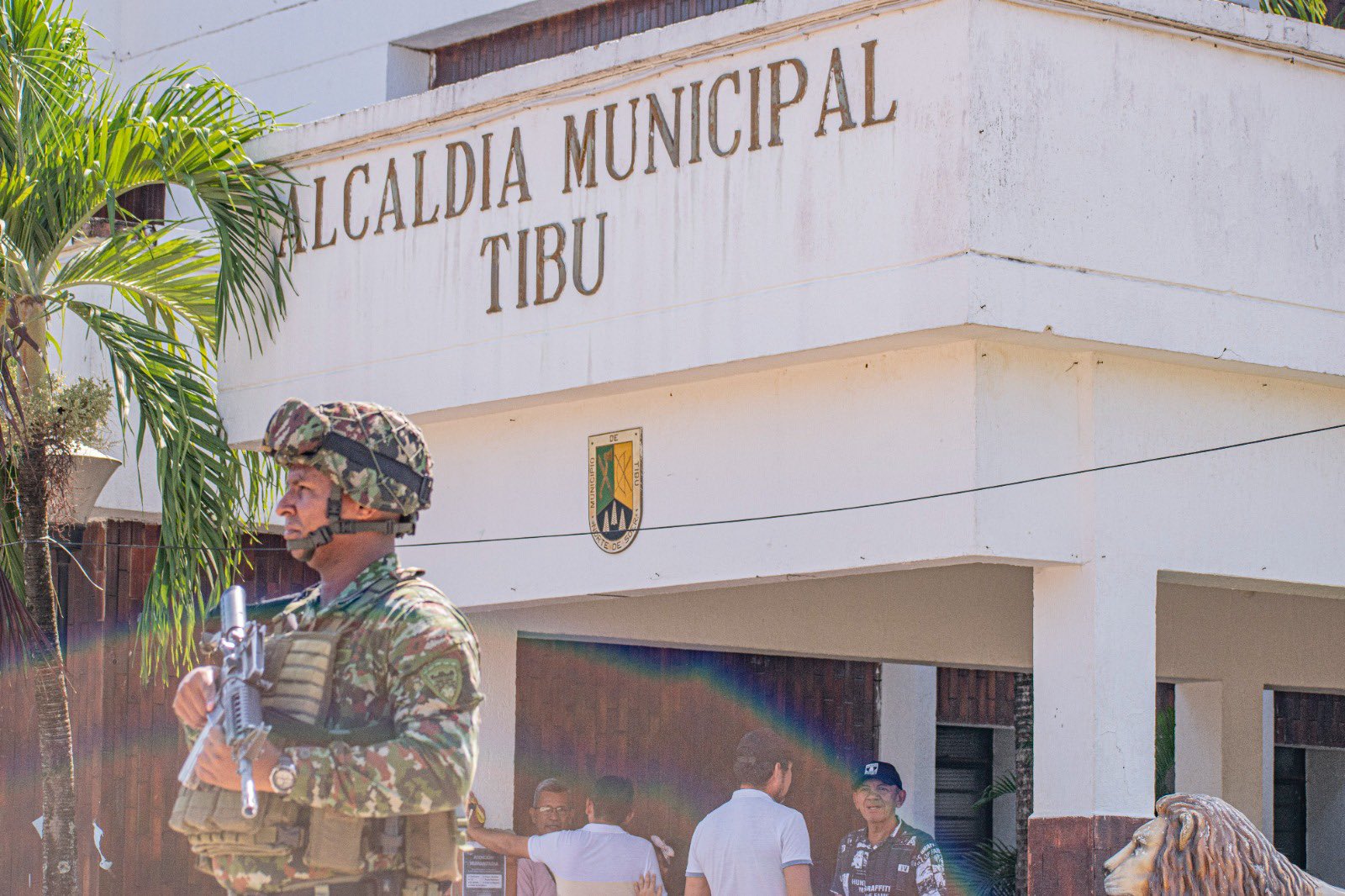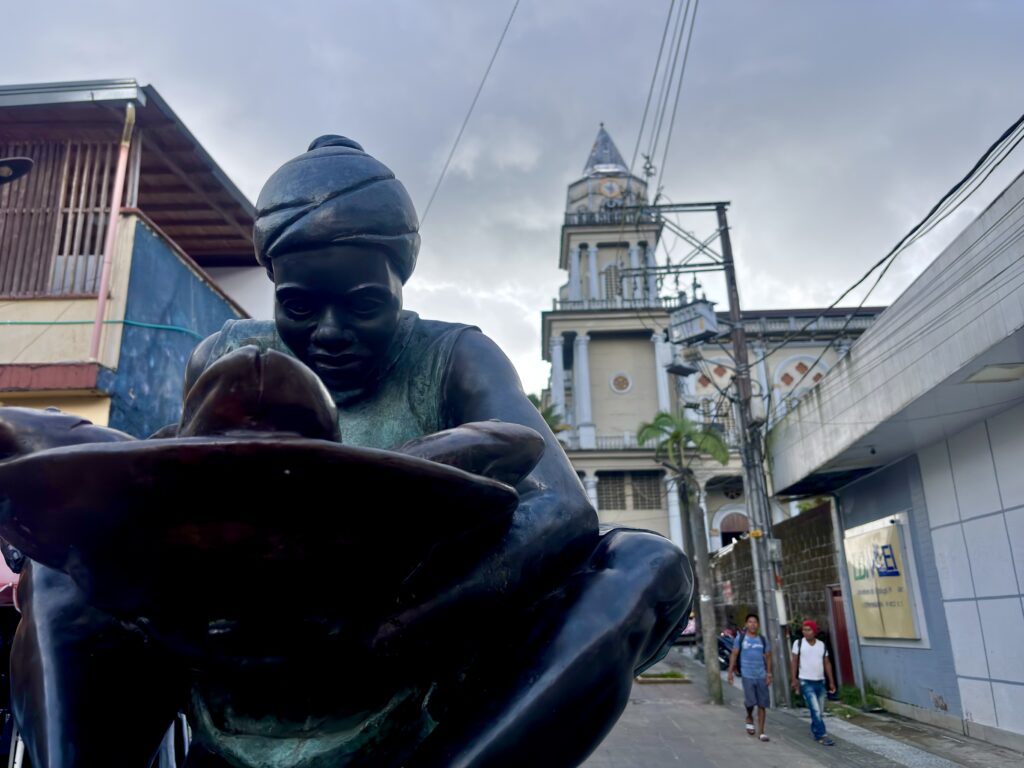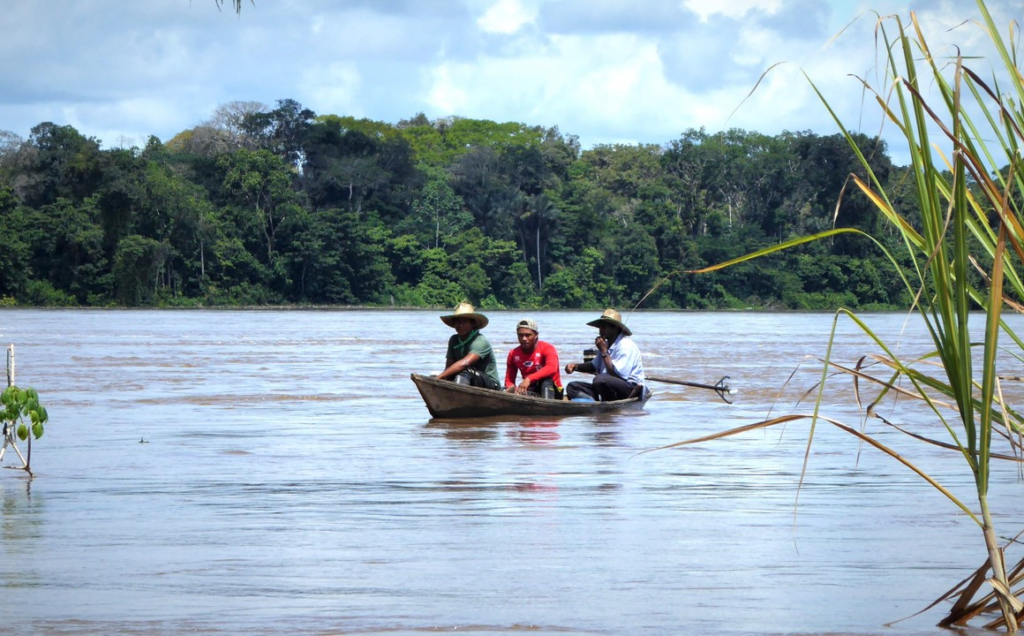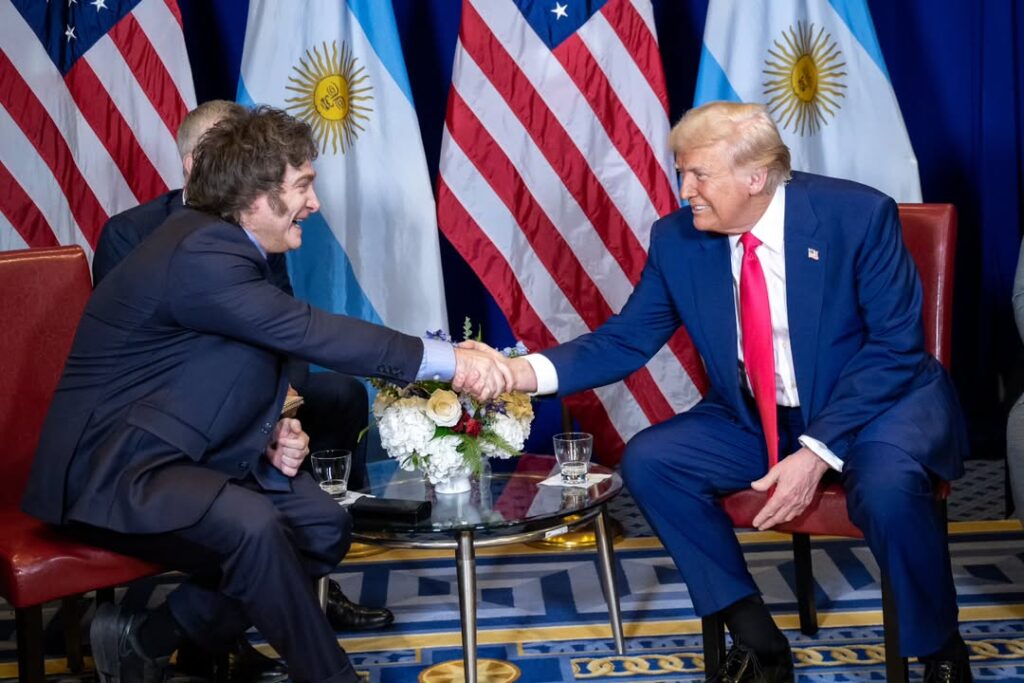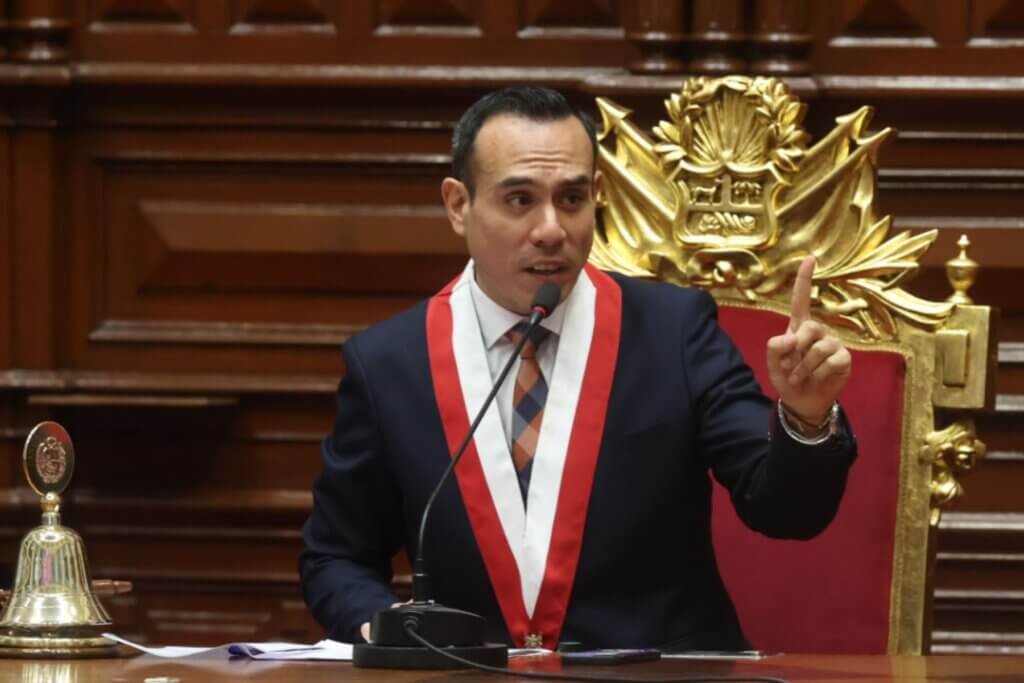Tibú, Colombia – On January 16, violence erupted in Colombia’s northeastern Catatumbo region after a fragile truce between rival armed groups collapsed.
The National Liberation Army (ELN) and the Frente 33, a dissident group of the now-demobilized Revolutionary Armed Forces of Colombia (FARC), are engaged in open combat in the region.
The government is negotiating a peace settlement with the Frente 33, but ended talks with the ELN, blaming it for starting the conflict in January. The guerrilla group is accused of launching an offensive to consolidate control of one of the world’s largest cocaine-producing regions.
But the ELN says it has been set up and accuses the Frente 33 of acting as a government paramilitary force.
The clashes have caused Colombia’s worst humanitarian crisis in over a decade, displacing an estimated 53,000 people and killing as many as 80 since January.
After the violence broke out, President Gustavo Petro declared a “state of internal commotion,” allowing him to deploy troops and resources to the region. Ten thousand uniformed soldiers and police have been sent to the Catatumbo since.
One month on, Latin America Reports visited Tibú, a town at the centre of the conflict, to speak to community leaders and locals about the situation on the ground.
Early on the road from Cúcuta, the nearest major city to Tibú, we passed three police checkpoints where officers searched drivers and cars suspected of transporting weapons or supplies to the armed groups.
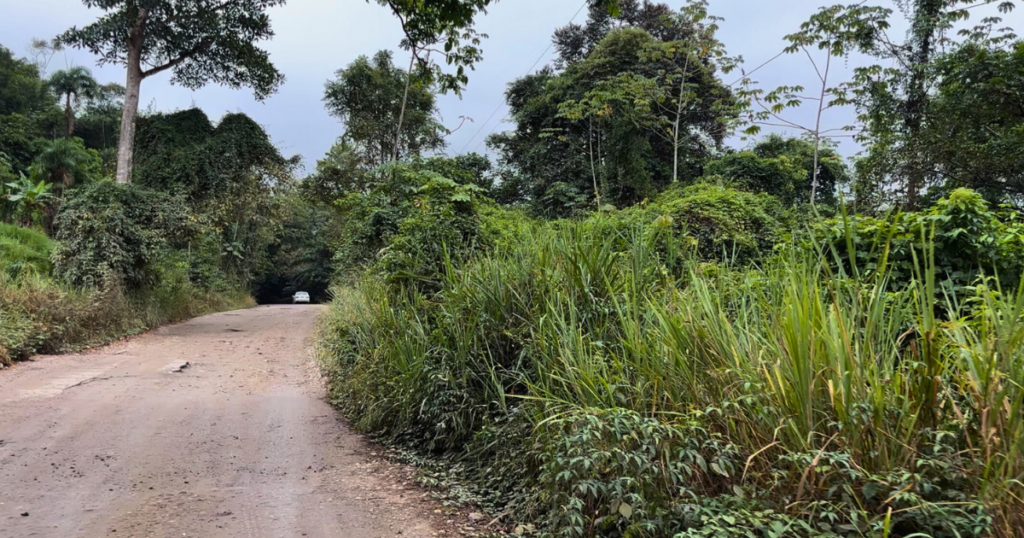
But after passing the “Welcome to the Catatumbo” sign, police installations were swapped for army bunkers, fortified with sandbags and camouflage netting.
Along the main road, we passed young government troops lugging machine guns in the dense tropical heat.
In an ominous sign for our journey onwards, the police station in Campo Dos, the final town before Tibú, was fully barricaded and appeared abandoned. All of the military checkpoints we passed inside the Catatumbo region were also empty.
But arriving in Tibú, we were met with a surprising sense of normalcy. Vallenato music blasted out of bars brimming with revellers enjoying their Sunday. The roads were crowded and the main market bustled with people shopping for the week ahead.
We met Don Jaime Botero, a community leader and president of the Association of Communal Action Boards (ASOJUNTAS), at an abandoned airstrip turned into a playground for local children.
Botero described how things have improved since the peak of the violence in January.
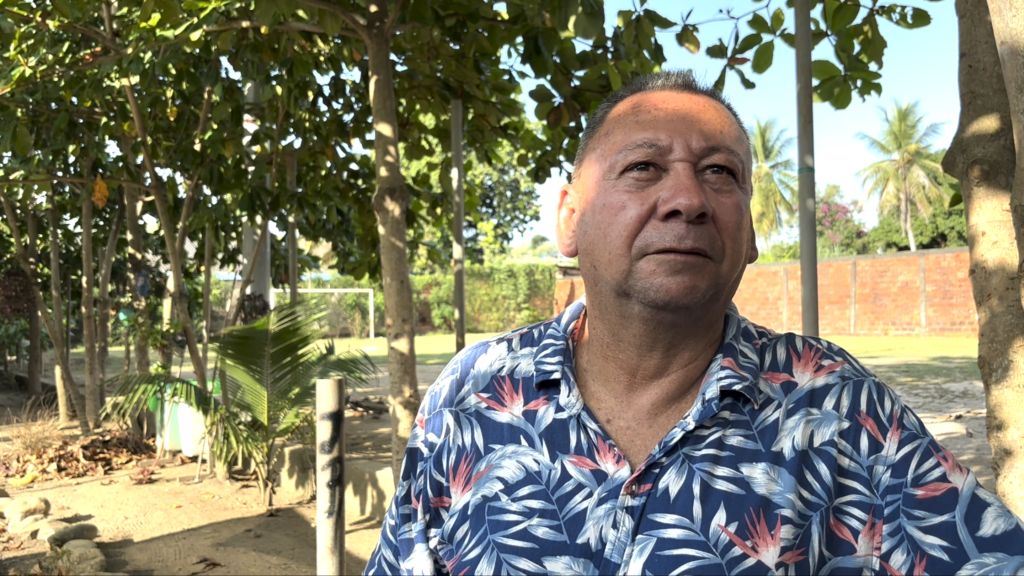
Heavily armed soldiers now patrol a small section of the main road in the town, near the Mayor’s office. Locals said Tibú has felt safer since the arrival of government troops.
But Botero made it clear that the atmosphere in the town remains tense. Tibú is still a conflict zone.
Everyone who spoke to us was careful to look over their shoulder, worried about a host of dangers that have become a part of daily life here. From being denounced as ELN or Frente 33 spies to getting caught in the crossfire of public score-settling, it can be deadly to let your guard down.
As a result, people constantly live on edge.
“Here, you have to be very careful what you say. If you say something that the FARC doesn’t like, they’ll kill you. If you say something that the ELN doesn’t like, they’ll kill you. It’s very dangerous,” confided a man who declined to be named for security purposes.
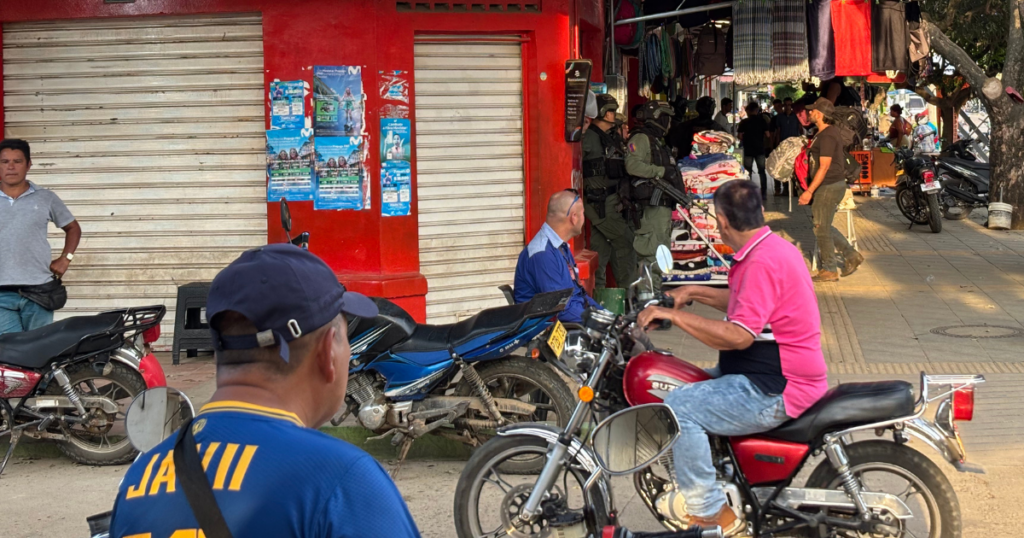
The next day, an ice cream vendor was shot dead in the town square in broad daylight. Townspeople told us he was assassinated by the ELN, suspected of being a FARC informant. That same afternoon, another man was murdered in a residential neighborhood.
The boldness of these killings seems to corroborate what multiple locals told us: that despite the state security presence, armed groups, particularly the ELN, continue to run the show in the Catatumbo.
When we asked soldiers how their mission was going, they confessed that it was a difficult battle to win.
The ELN and FARC dissident fighters are, like any guerrilla force, recruited from the local population. They know the terrain and they have informants and operatives across the region.
The strength of the ELN’s position is highlighted by the hubris of its actions. The killing in the town square took place just a block away from the military fortifications outside the Mayor’s office.
But the Colombian state has to appear tough, even if it is fighting an uphill battle.
Elizabeth Dickinson, Senior Colombia Analyst at International Crisis Group, spoke to Latin America Reports about the Petro administration’s strategy in dealing with armed groups.
She explained that the government has been clear that if rebels engage in peace talks, reduce violence towards civilians and make some concessions, then the state will offer the option of dialogue and a ceasefire.
“However, the other path, which is clearly the path that applies to the ELN, is if armed groups do not demonstrate good faith, if they act against the spirit of peace and dialogue, then they will feel the full force of the state come down upon them,” said the analyst.
The question now is whether the full force of the state is enough to contain the emboldened armed groups.
Sergio Guzmán, Director of Colombia Risk Analysis, explains that many guerrillas have used peace negotiations as a cover to regroup.
“These groups have taken the opportunity of the ceasefires to rearm, re-accommodate, reassess and strengthen their positions vis-a-vis the government in many of these places,” the analyst told Latin America Reports.
Aid cuts by the U.S., the Colombian Ministry of Defense’s top backer, have further undermined its ability to contain armed actors.
But for Tibú’s leaders, the solution to the conflict does not lie in military action.
Botero tells us that the way to end cyclical violence in the Catatumbo is through development, not war. He explains that the source of the conflict is economic rather than political.
“People here like to work. And the people here, the farmers, like to work, but if there is no work… they have to find a way to put food on the table,” said the ASOJUNTAS president.
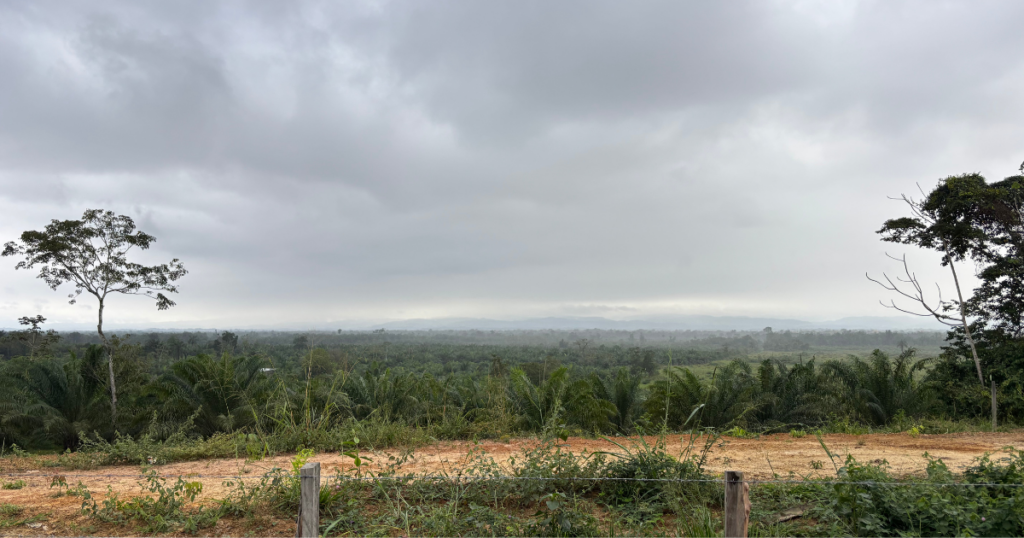
But as Petro ramps up military operations in the area, there seems to be no clear end in sight to the conflict in the Catatumbo.
Conflict analysts warn that the breakdown in negotiations with the ELN may foreshadow a wider failure of the president’s ‘total peace’ plan.
Nevertheless, Botero, who met with the president on a visit to Tibú in January, believes that peace is still an option.
“We, as Catatumberos, have hope in the government and hope that the groups will sit down to talk, to reach a total peace, which is what we, the people here in Catatumbo, in the North of Santander, really need,” said Botero.
Featured image credit: @mindefensa via X


